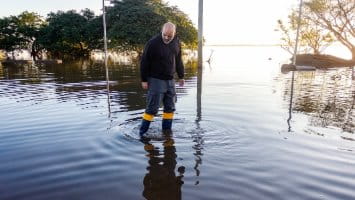What happens after a foreclosure?
Earlier today, I was contacted by a reporter who was working on a story about foreclosure. MMI is HUD-approved housing counseling agency that works to educate and assist consumers facing foreclosure, so this was not an isolated occurrence. In fact, MMI’s spokesperson, Cate Williams was recently interviewed by Terry Savage for a story titled Consumer Mortgage, Credit Woes and one of our foreclosure prevention initiatives recently won NeighborWork’s Innovations in Homeownership contest.
Because I also serve as an MMI spokesperson, I have had made an effort to learn all I can about foreclosure. I love to talk about preventing foreclosure and I generally understand the logistics about what happens to a home after it is foreclosed. And, thanks to a vacant home across the street and many informative articles (my favorite is by Liz Putnam Weston), I also have an idea about what happens to a neighborhood after homes in the area are foreclosed. I know about what happens to the credit reports of consumers after a foreclosure and I can talk about ways to reestablish credit. I’ve even read a lot about the impact of foreclosures on the economy. But the question that still stumps me is: What happens to the people after a foreclosure?
My quick and dirty research discovered that there is a new category of abandoned animal called “foreclosure pets,” But I can’t seem to find much about the pet’s owners.
Suddenly, I really want to know—where and how are consumers recovering from a foreclosure living? Are they buying different homes, renting, living with relatives, staying in hotels, or all of the above? After all, behind every one of those shocking foreclosure statistics is a family who lost their home.















